
Pest Library
Common Pests in Athens, GA, South Carolina, and North Carolina
Discovering pests in your home or business is never a pleasant experience. It becomes even more unsettling when you're uncertain about the type of pests you are dealing with and the potential risks they pose to your property, loved ones, or business. That's where American Pest Control's Pest Library comes in.
This comprehensive resource offers valuable insights into the most common pests in Athens, GA, and beyond. Use this guide to learn about pests' appearances, typical habitats, and the issues they can cause.
To schedule service, call (706) 546-1490 today.
Ants
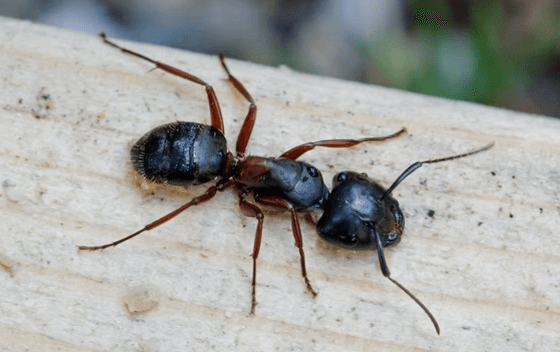
Ants are small insects, often brown or black in color. They live in large colonies, primarily in soil, wood, or among rocks. Ants can pose various risks, including food contamination and property damage. Carpenter ants, in particular, are known for their ability to chew through wood, which can lead to structural issues in buildings and homes.
Bed Bugs
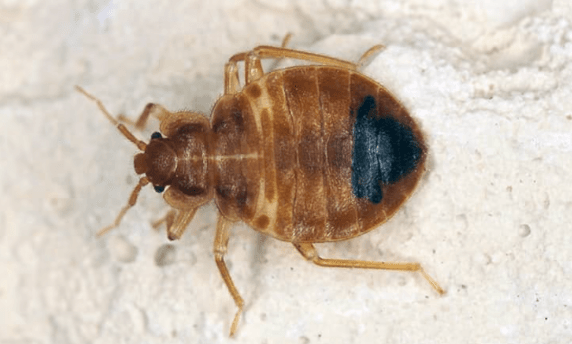
Bed bugs are small, flat, reddish-brown pests that are notorious for infesting beds, furniture, and other secluded areas. These parasitic insects feed on human blood, often causing itchy, red bites that can be a source of significant discomfort. Due to their resilient nature and ability to hide in hard-to-reach places, bed bug infestations can be challenging to eradicate.
Beetles
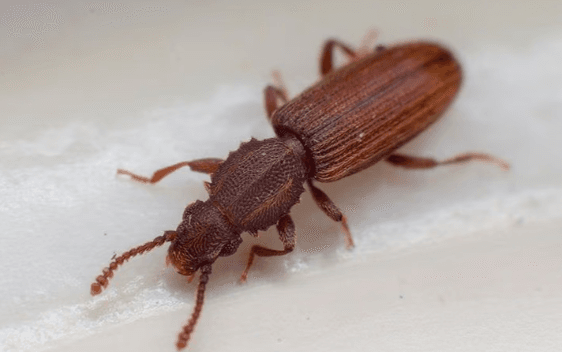
Beetles are a diverse group of insects that come in various shapes and sizes. Most beetles have a hard exoskeleton and wings, which provide them with protection and the ability to fly. They can be found in a wide range of environments, from homes to gardens. While many beetles are harmless and even beneficial to the ecosystem, some species, such as the carpet beetle, can cause damage to fabric, upholstery, and clothing.
Centipedes and Millipedes
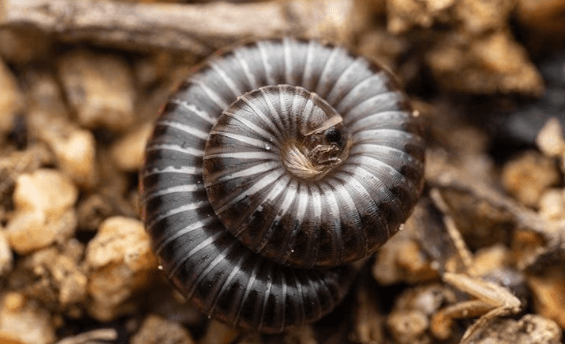
Centipedes and millipedes are elongated, multi-segmented creatures that typically inhabit damp and secluded areas. While most centipedes and millipedes are harmless and play a role in controlling other pests, some species can deliver a painful bite if provoked or handled. It's essential to exercise caution when encountering these creatures to avoid any potential discomfort.
Cockroaches
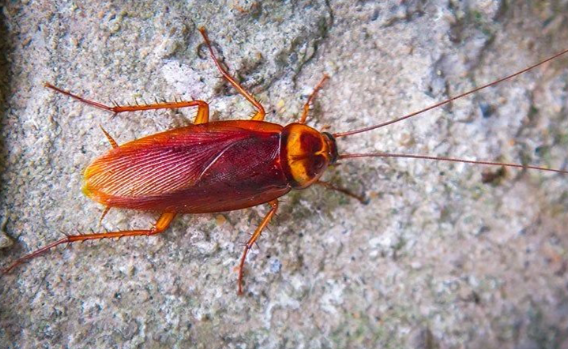
Cockroaches are large, brownish insects with flat bodies that are well-adapted to survive in various environments. They are primarily nocturnal and prefer warm, damp areas such as kitchens and bathrooms. Besides being a common household nuisance, cockroaches can also pose health risks as they are known to spread harmful bacteria, contaminating food and surfaces.
Fire Ants
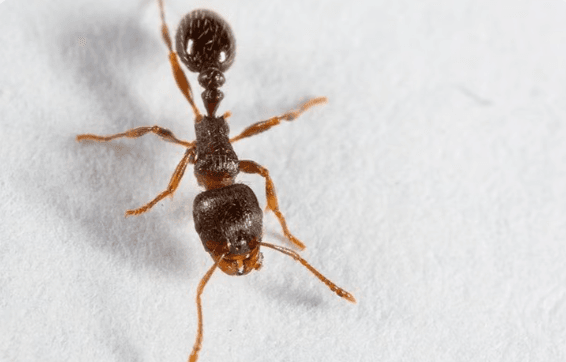
Fire ants are small, reddish-brown ants known for their aggressive behavior and painful sting. They build large mounds in open areas and can pose a serious threat, especially to individuals who are allergic to their venom. Fire ant stings can result in painful welts and, in severe cases, can lead to medical emergencies.
Fleas
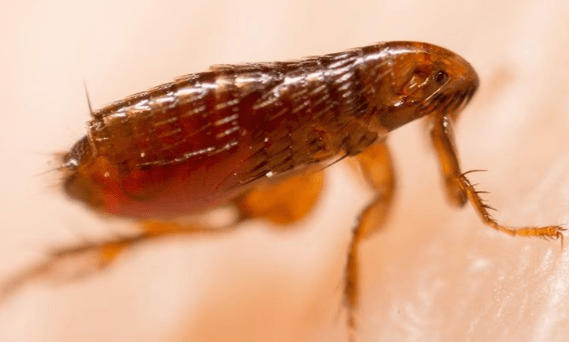
Fleas are tiny, dark brown pests that thrive on the blood of mammals and birds. They are often associated with homes that have pets, as they can quickly infest carpets, bedding, and furniture. Flea bites can cause itchy red bumps, and in some cases, fleas can transmit diseases to both humans and animals. Effective flea control is crucial to maintain a comfortable living environment.
Flies
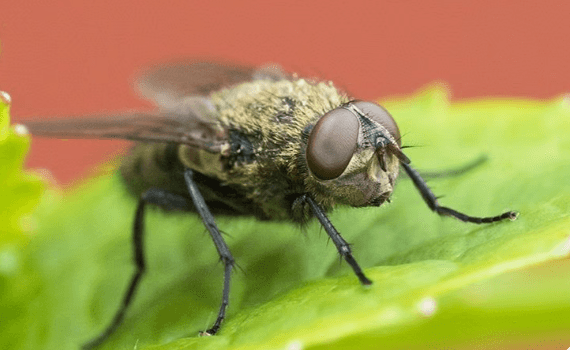
Flies are winged insects that are commonly found around homes and areas with garbage or decaying matter. They can be a nuisance as they buzz around and can contaminate food and surfaces, potentially leading to the spread of diseases. Proper sanitation and preventive measures are essential in minimizing fly populations and maintaining a hygienic environment.
Mosquitoes

Mosquitoes are small, winged pests that are well-known for their blood-sucking behavior. They are attracted to humans and animals and can be found in warm, humid areas. Mosquitoes are notorious for their ability to transmit various diseases, including malaria, dengue fever, and Zika virus. Protecting oneself from mosquito bites and implementing mosquito control measures are essential for preventing the spread of these diseases.
Rodents
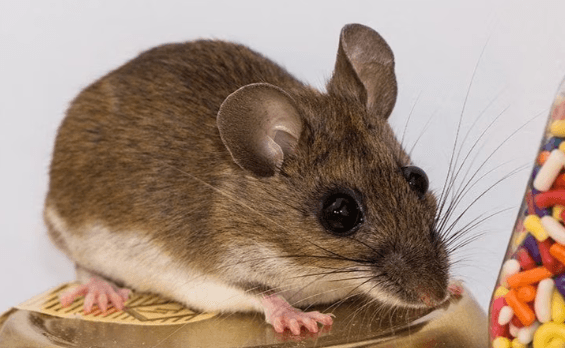
Rodents, such as mice and rats, are small mammals with a robust body and a long tail. They are known to be highly adaptable and can thrive in various environments, including homes. Rodents can cause significant property damage by gnawing on wires, wood, and insulation. They are also carriers of various diseases and can contaminate food and surfaces with their droppings. Effective rodent control measures are crucial for maintaining a safe and healthy living environment.
Scorpions
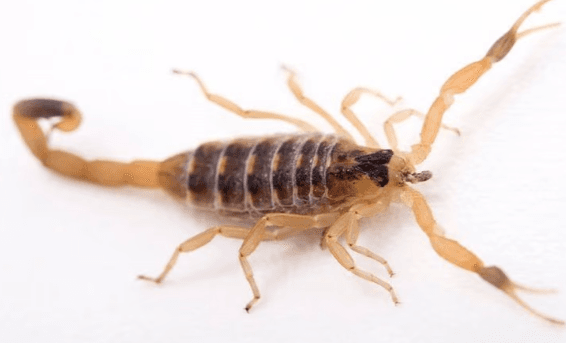
Scorpions are arachnids that have a distinctive shape, with eight legs and a segmented tail ending in a venomous stinger. They are typically found in warm, dry environments and can be a concern in certain regions. While most scorpion stings are harmless and cause only mild pain, some species can pose a medical risk, especially to individuals who are allergic or sensitive to their venom.
Silverfish
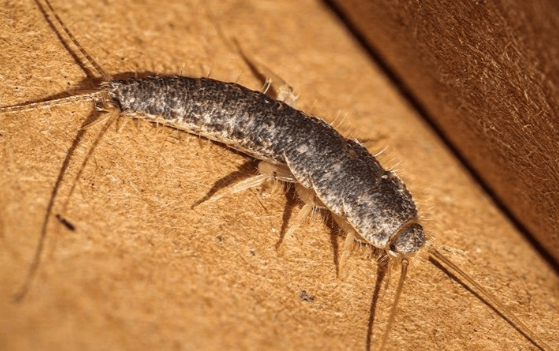
Silverfish are small, wingless insects with a silver-blue color and a distinctive wriggling movement. They prefer dark and damp environments, such as basements and bathrooms, and are known to feed on paper, fabric, and other organic materials. While silverfish are generally harmless to humans, their presence can be an indication of moisture issues or other underlying problems in a building.
Spiders
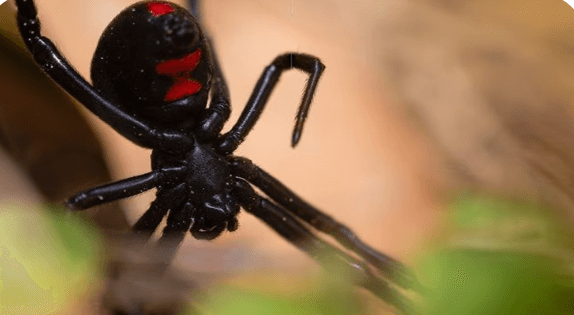
Spiders are arachnids that come in various sizes, shapes, and colors. While they often help control other pest populations by feeding on insects, some spider species can bite humans when threatened. Most spider bites result in mild symptoms, such as redness and swelling, but there are a few venomous species that can cause more severe reactions. It's important to exercise caution and seek medical attention if necessary when dealing with spiders.
Springtails
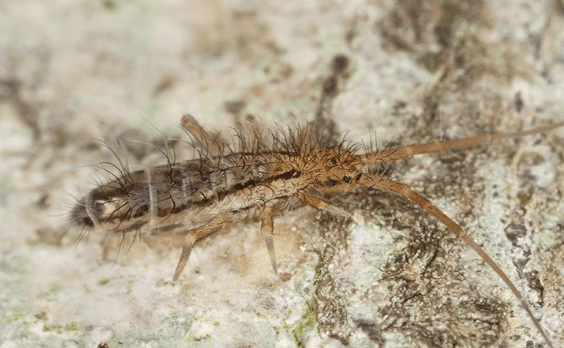
Springtails are tiny insects that are typically found in moist environments, such as soil, leaf litter, and decaying matter. They are known for their ability to jump using a forked appendage, which gives them their name. While springtails are generally harmless and play a role in decomposition, they can become a nuisance when their populations grow excessively, especially in indoor spaces.
Stinging Insects
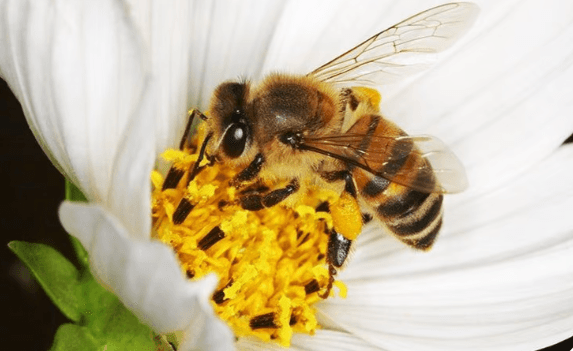
Stinging insects, such as bees and wasps, are known for their ability to defend themselves by delivering painful stings. They can be a threat to individuals who are allergic to their venom. Stinging insects typically build nests in trees, under roof eaves, or in other outdoor structures. It's important to exercise caution and take appropriate measures to prevent encounters and minimize the risk of stings.
Termites
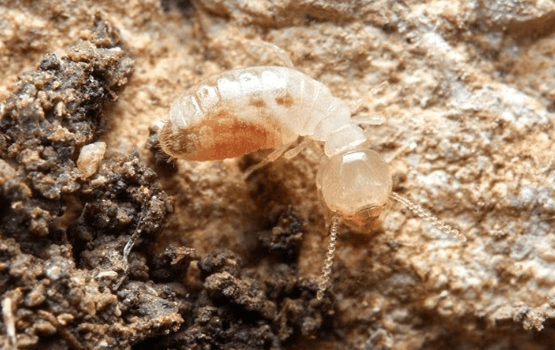
Termites are small, pale insects that live in large colonies and feed on wood. They are known for their ability to cause significant damage to structures and other wooden materials. Termites can be difficult to detect as they often build their nests inside walls, attics, or basements. Regular inspections and preventive measures are crucial for early detection and effective termite control.
Ticks
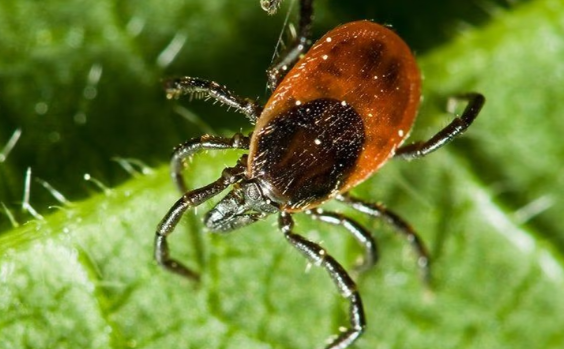
Ticks are small, blood-sucking pests that attach themselves to the skin of animals and humans. They prefer wooded areas, high grass, and other outdoor environments. Ticks are notorious for their ability to transmit various diseases, including Lyme disease and Rocky Mountain spotted fever. Proper tick control and preventive measures are essential for minimizing the risk of tick-borne illnesses.
No Matter the Pest, American Pest Control Can Help
With our comprehensive knowledge, extensive experience, and advanced pest control methods, our team at American Pest Control is your trusted ally against pest invasions. Whether it's a minor ant issue or a large-scale termite infestation, we're equipped to handle pest problems of every size and kind. Our dedicated team is committed to providing you with effective solutions tailored to your specific needs, keeping your home or business pest-free.
We understand the importance of swift and decisive action when it comes to pest control, and we're always ready to respond promptly to your needs. No matter the pest, you can count on American Pest Control to offer the help you need when you need it.
To schedule a service or for more information, please call (706) 546-1490 or contact us online today.


Hear From Our Happy Customers
At American Pest Control, your satisfaction is our priority! See for yourself what our customers have to say about working with us.
-
Thank you guys!
"I've been with American Pest Control for many years. They are really great to us!"- Carrie W. -
Really happy with the service!
"So far I am noticing fewer and fewer roaches. This business is highly recommended!"- C. Taylor -
Very impressed with American!
"I compared to 2 other companies and their customer service, pricing and tech were the best!"- Leigh T.
Why Our Customers Love Working with Us
-
Efficient Pest Management
When pests get into your home or business, you want a quick solution. Our efficient pest control takes care of the problem.
-
Excellent Customer ServiceWe care about our customers and are committed to delivering the services you need to provide you with peace of mind.
-
Certified And Trained TechniciansOur technicians go through rigorous training and must pass state-required testing in order to be certified with us.
-
Honesty, Integrity, Family, Community, Quality ServiceOur third-generation pest control experts put our experience toward your family's safe, comfortable environment.